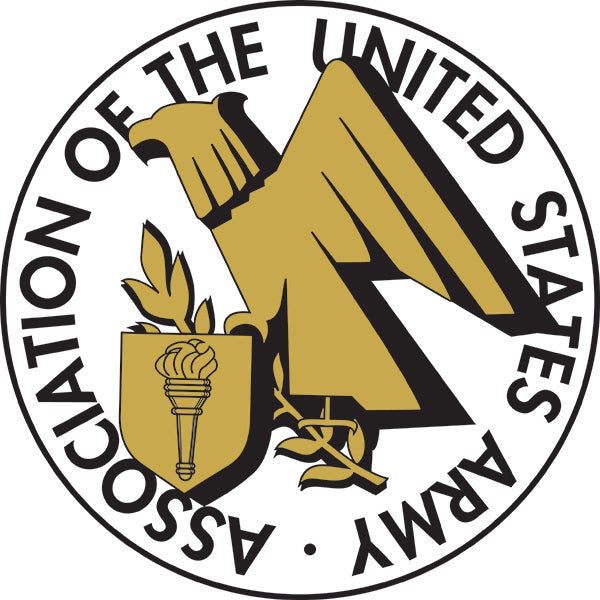Defense Officials Defend DNA Procedures for Identification
Defense Officials Defend DNA Procedures for Identification

The Pentagon office responsible for identifying remains of missing service members is defending itself against a news report claiming they have been using outdated methods of identification.The POW/MIA Accounting Agency, headed since June by retired Army Lt. Gen. Michael S. Linnington, was established earlier this year by consolidating the Defense Department’s efforts to account for U.S. prisoners of war and those missing in action. Consolidation came in the face of complaints from some families and members of Congress about policy, practice and the attitude of some employees.In announcing the new organization, then-Defense Secretary Chuck Hagel said, “Finding, recovering and identifying the remains of these individuals is one of our highest responsibilities.” The new agency, Hagel said, has oversight of resources, research and operations, and has a streamlined process for identifying remains.The Stars and Stripes, a Defense Department publication providing independent news, raised questions in a July 2 article about whether the new agency would be able to identify remains of sailors, Marines and civilians who were aboard or near the USS Oklahoma in Pearl Harbor, Hawaii, during the 1941 Japanese bombing. The newspaper report says “outside experts are skeptical” if the Defense Department could identify commingled remains.Linnington and senior Defense Department medical examiners say the report “is not true,” and that they have methods of evaluating DNA in comingled remains. The Armed Forces DNA Identification Laboratory, located at Dover Air Force Base, Del., “is on the cutting edge of science,” says a letter signed by Linnington, Air Force Lt. Col. Alice Briones of the DNA lab and Navy Capt. Edward A. Reedy, chief medical examiner and science director of the new defense agency. The DNA lab “continues to be a pioneer and world leader in the ever-evolving forensic DNA field, and is on the forefront of all new techniques and procedures,” the letter says, describing the lab as “well ahead of other forensic laboratories within the United States” in working with degraded or chemically modified DNA samples.Of the 429 crewmembers aboard the Oklahoma when it was bombed, only 35 have been identified. Remains of the others were buried in 61 caskets with comingled remains. Exhumation of the remains was announced in April and began in June, with a prediction from the Defense Department that the identification effort would take five years and should be able to identify 80 percent of the missing.- See more at: http://www.ausa.org/news/2015/Pages/DefenseOfficialsDefendDNAProcedures…

